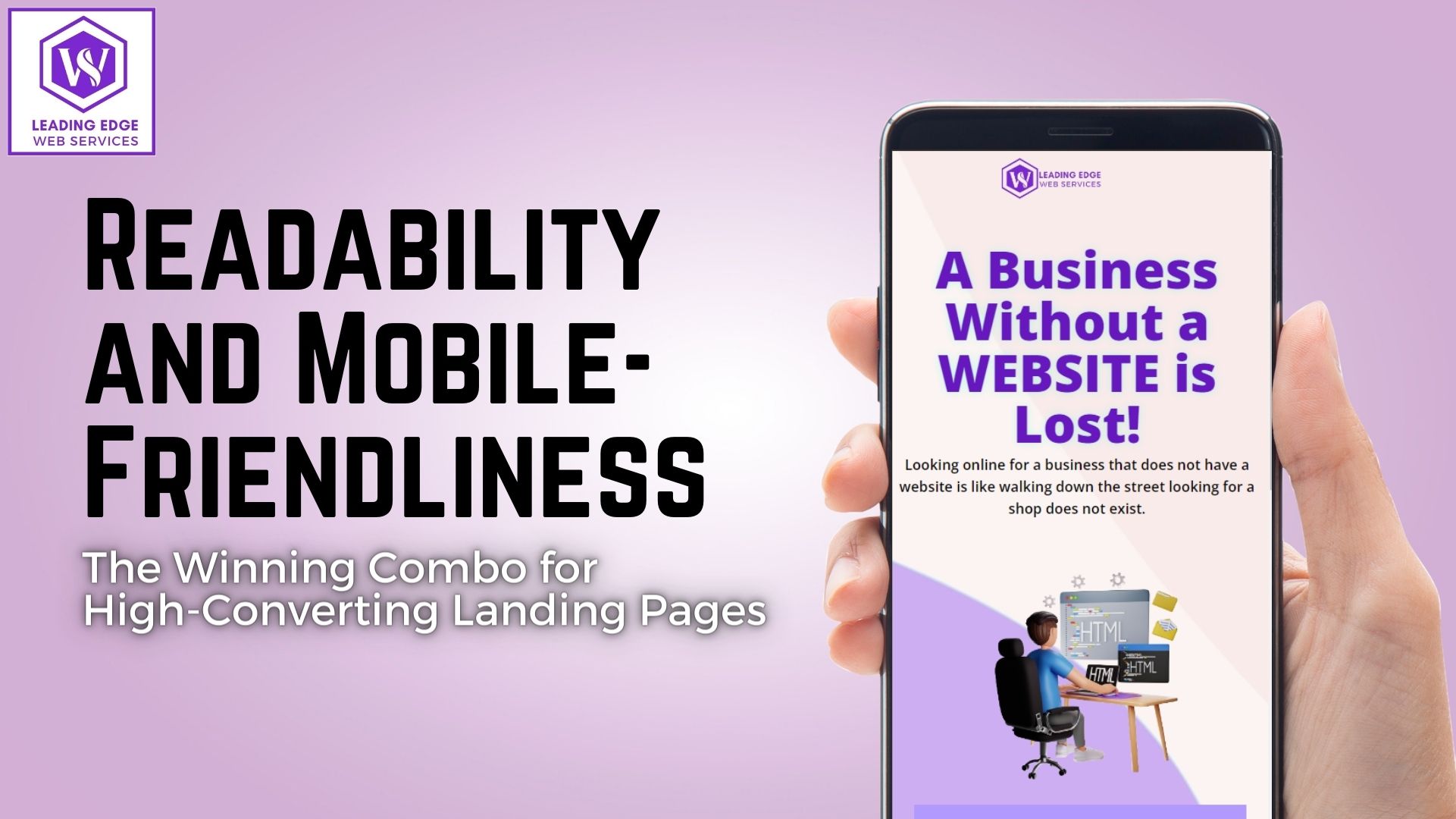
Have you ever poured your heart and soul into crafting the perfect landing page, only to see dismal conversion rates?
You’re not alone.
Many businesses mistakenly believe that a visually stunning landing page is all it takes to convert visitors into paying customers.
But what if I told you there’s an often-overlooked factor that can make or break your conversions: readability and mobile-friendliness.
Think about it: how often do you use your phone to browse the internet?
Chances are it’s quite often, right?
In fact, statistics show that over half of all web traffic now comes from mobile devices.
If your landing page is not optimised for Smartphone’s and tablets, you are essentially turning away a significant portion of your potential customer base.
Here’s why readability and mobile-friendliness are the unsung heroes of high-converting landing pages:
Mobile Users Are Impatient
Google Loves Mobile-Friendly Sites
Readability is King
Here are some practical tips to make your landing page mobile-friendly and readable.
Use large, easy-to-read fonts – Avoid tiny fonts that require users to zoom in to read. Aim for a font size of at least 16px for the main content and 14px for body text.
Ensure ample white space – Don’t clutter your page with too much information or visual elements.
Optimise images for mobile – Large images can slow down loading times, especially on mobile devices.
Use compressed images and consider responsive design, which automatically adjusts the size and layout of your page based on the device being used.
Make buttons clear and easy to tap – Buttons should be large enough for easy tapping, even on smaller screens.
Use contrasting colours to make buttons stand out and clearly label them with concise calls to action.
Test, test, test – Don’t just assume your landing page is mobile-friendly. Use Google’s Mobile-Friendly Test tool or other similar tools to check for any issues and make necessary adjustments.
Additionally, consider A/B testing different versions of your landing page to see what resonates best with your audience.
Remember, user experience is paramount. If your landing page is easy to navigate, informative, and enjoyable to use, you are well on your way to higher conversion rates and a thriving business.
Are you ready to ditch the tiny fonts and frustrated visitors?
Feeling overwhelmed by creating the perfect landing page for your online business?
No worries, I’m here to help!
Let’s chat about crafting a user-friendly landing page that converts visitors into happy customers.
